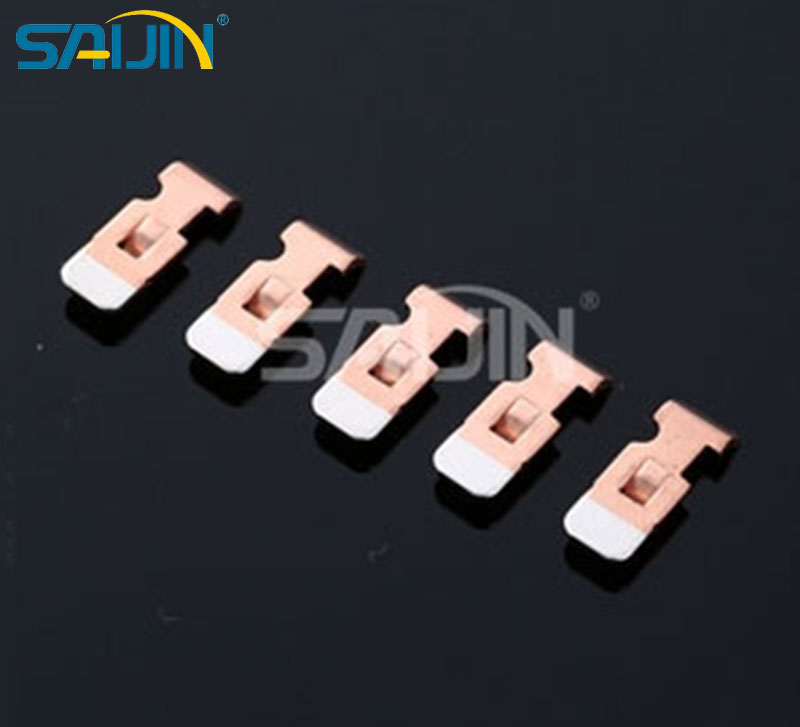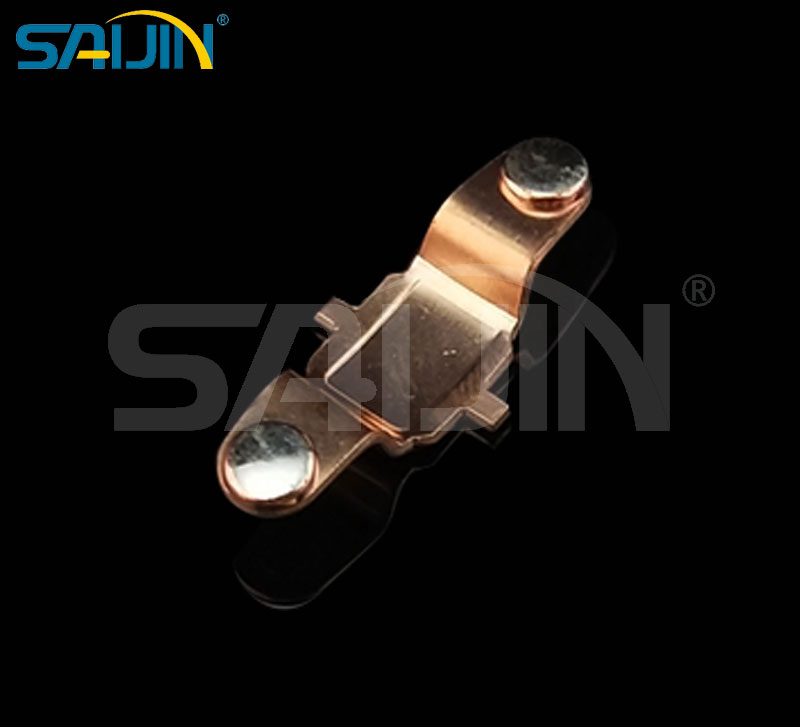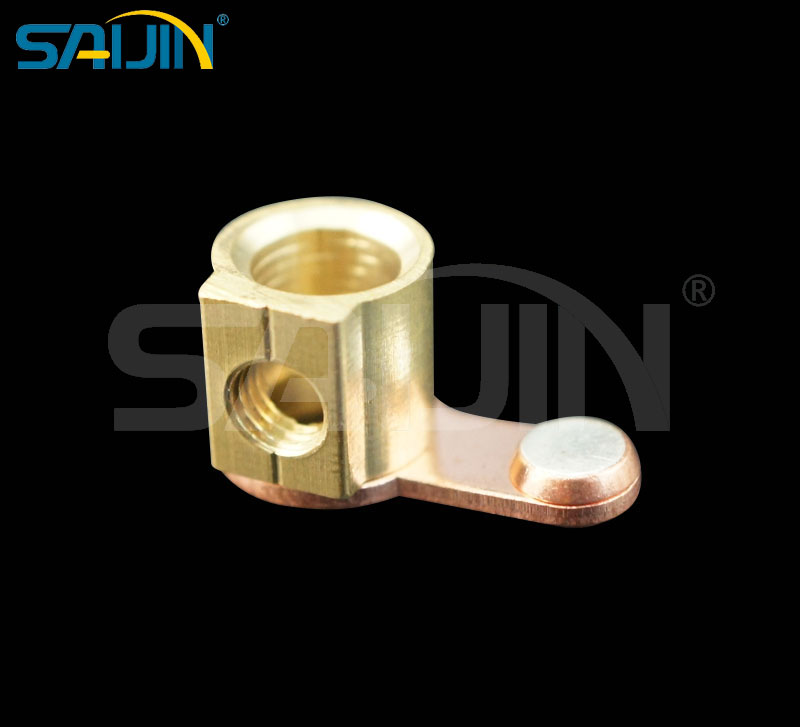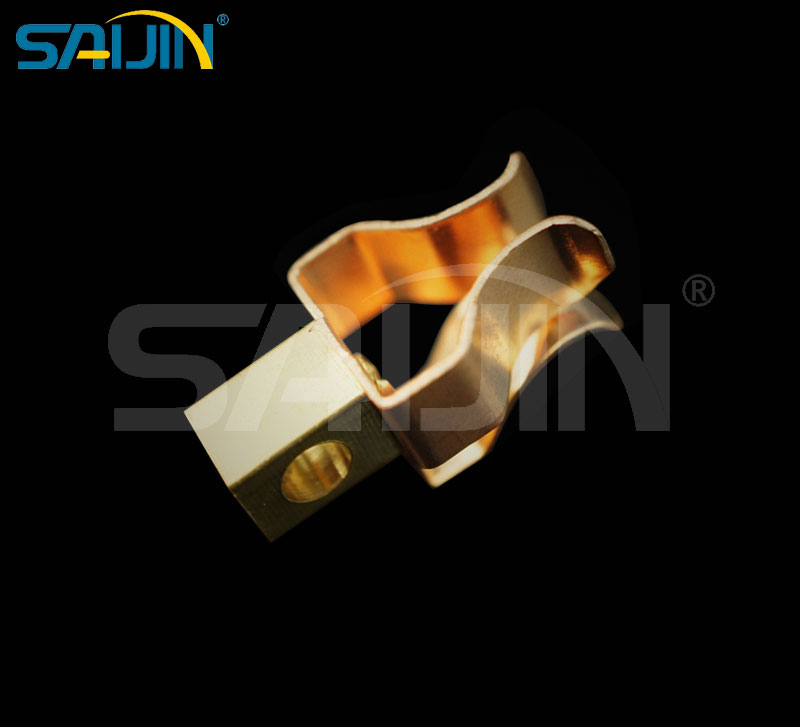Everything You Need To Know About Electrical Contacts
Electrical contacts are fundamental components in countless electrical and electronic systems. They enable the transfer of current between conductors, ensuring devices operate reliably and efficiently. This article explores their definition, components, applications, operating states, common materials, and how to choose the right contact for your needs.
1. What Are Electrical Contacts?
Electrical contacts are conductive components designed to create a physical connection between two conductors, allowing electrical current to flow. They are critical in circuits where connections need to be repeatedly made, broken, or maintained under varying conditions. Their performance directly impacts system efficiency, safety, and longevity.
2. Basic Components of Electrical Contacts
A typical electrical contact system includes:
Contact Interface: The point where two conductive surfaces meet to transfer current.
Base Material: The primary conductive metal (e.g., copper or silver) providing structural support.
Coating/Plating: A thin layer (e.g., gold, silver, or nickel) applied to enhance conductivity, reduce oxidation, or improve durability.
3. Applications of Electrical Contacts
Electrical contacts are ubiquitous in both everyday devices and industrial systems:
Switches (light switches, circuit breakers).
Relays and contactors (automotive, industrial automation).
Connectors (USB ports, battery terminals).
Slip rings and brushes (motors, generators).
High-voltage systems (power grids, electric vehicle charging).
4. Electrical Contact States
Closed State
Condition: Direct physical contact; low-resistance current path
Risks: Oxide layer formation → increased resistance → overheating
Mitigation: Regular cleaning, anti-oxidation coatings
Open State
Condition: Contacts separated; insulation must prevent breakdown.
Risks: Contamination (dust/moisture) → reduced reliability on closure.
Design Focus: High dielectric strength in housing materials.
Arcing State
Occurs During: Transition between open/closed (contact separation/closure).
Effects: Contact erosion, material transfer, shortened lifespan.
Solutions: Arc suppression chambers, refractory metals (tungsten).
5. Common Metals Used for Electrical Contacts
Material choice depends on conductivity, durability, and environmental resistance:
| Metal | Properties | Applications |
|---|---|---|
| Silver (Ag) | Highest conductivity, prone to sulfidation. | Relays, circuit breakers. |
| Copper (Cu) | Cost-effective, high conductivity; oxidizes easily. | Power distribution, connectors. |
| Gold (Au) | Corrosion-resistant, low contact resistance; expensive. | Aerospace, medical devices, connectors. |
| Platinum (Pt) | Excellent oxidation resistance, stable under high temperatures. | Automotive sensors, fuel cells. |
| Tungsten (W) | High melting point, wear-resistant; lower conductivity. | High-voltage switches, arc-prone systems. |
| Nickel (Ni) | Often used as a plating layer to prevent corrosion. | Base material coatings. |
Alloys like silver-nickel (AgNi) or silver-cadmium oxide (AgCdO) combine benefits of multiple metals.
6. How to Choose the Right Electrical Contact
Selecting the optimal contact requires evaluating these factors:
Current and Voltage Requirements:
High-current applications need robust materials (e.g., tungsten or silver alloys).
Low-voltage systems prioritize low contact resistance (e.g., gold plating).
Environmental Conditions:
Corrosive or humid environments demand oxidation-resistant coatings (e.g., gold or platinum).
High-temperature systems require refractory metals (e.g., tungsten).
Mechanical Demands:
Frequent switching requires durable, wear-resistant materials (e.g., AgNi alloys).
Vibration-prone systems need strong spring mechanisms.
Cost vs. Performance:
Gold offers superior performance but is costly; silver or copper may suffice for budget-sensitive projects.
Size and Weight Constraints:
Miniature devices (e.g., sensors) may use thin gold plating to save space.
Conclusion
Electrical Contact Points are the unsung heroes of electrical systems, enabling seamless current transfer across countless applications. By understanding their components, operating states, and material properties, engineers can design systems that balance efficiency, durability, and cost. Whether you’re building a household switch or a high-voltage grid, selecting the right contact ensures reliability and longevity. Always consult material datasheets and industry standards (e.g., ASTM B667 for contact coatings) to make informed decisions.




